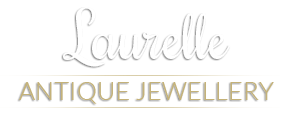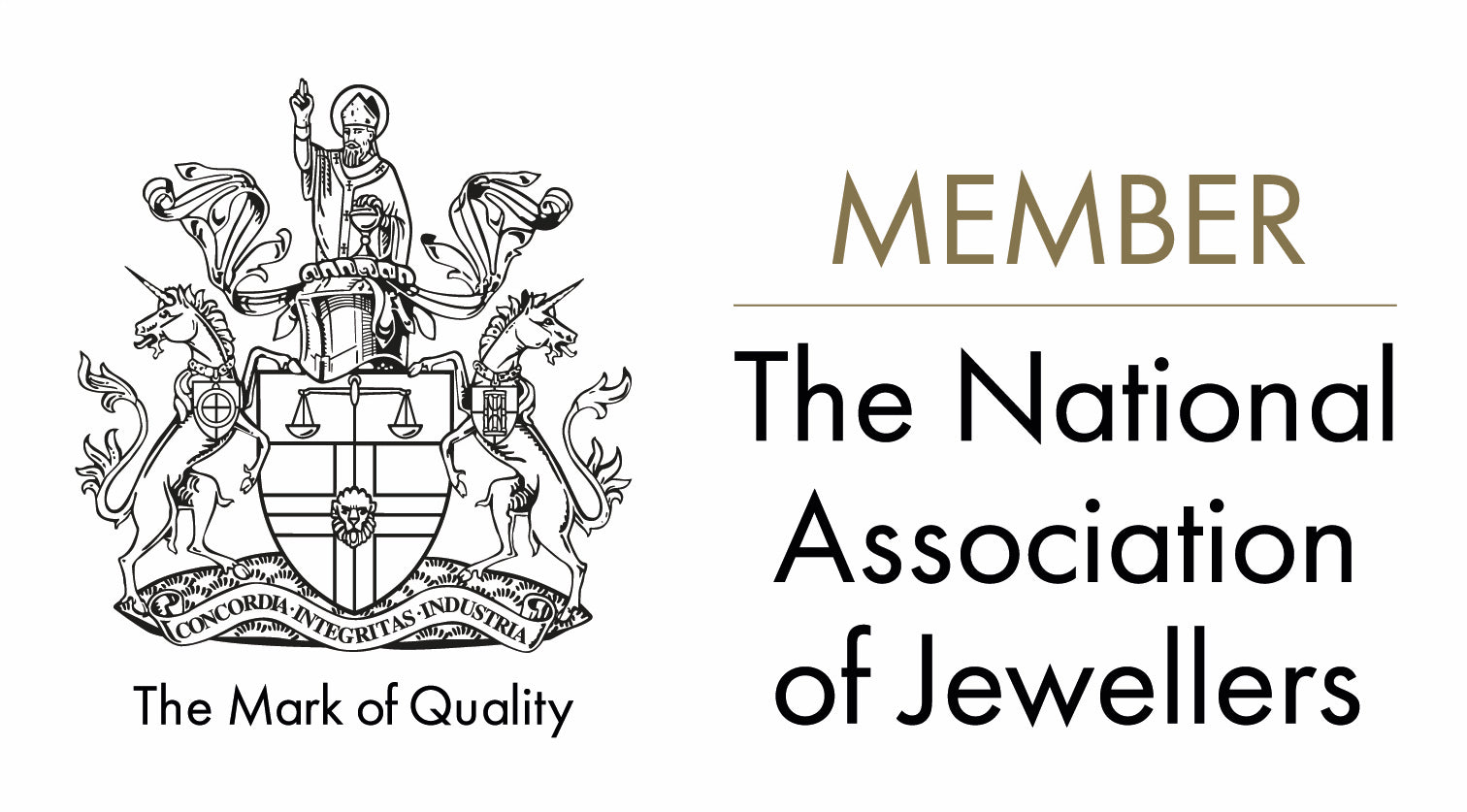Understanding Art Deco As An Era
All antique and vintage jewellery is attributed to a particular era, one of which is Art Deco. However, unlike the eras which have been named because of the monarch(s) that reigned during the period (Victorian, Georgian etc.), Art Deco does much more than describe a particular time in history.
Time Period
Here at Laurelle, our Art Deco pieces originate from between the years of 1920-1935. A much simpler way to assess the time period is to think of it as the time between the First and Second World Wars, 1918-1939.
This time is often thought of similarly to the 1950s, as a time of economic growth and prosperity in the West. However, this can only really said of the1920s, as the majority of Western industrialised nations were severely hit by the Great Depression throughout the 30s off the back of the 1929 Wall Street Crash.
The Roaring 20s
The prosperity and opulence of the 1920s can be easily summed up in the name in which it has since developed the name the roaring twenties.
While other jewellery time periods are closely associated with Britain via a monarch, Art Deco is more closely associated with the USA.
Between 1920-1929, the nations wealth more than doubled, which was reflected in the development of consumerism in the big US cities, particularly New York.
Great examples of this time and lifestyle have been depicted in films like The Great Gatsby (2013), Bugsy Malone (1976) and Midnight in Paris (2011).
Art Deco Style
While some periods suffer stylistically from their length (Victorian for example), the Art Deco period is relatively short and sweet, holding a very distinctive style.
In short, Art Deco is characterised by its distinctively simple, clean geometric or stylised repetition of shapes and is one of the most recognisable styles in history.
Jewellery
This distinctive style is very clear in the jewellery of the time. Because of Art Decos use of geometrics, many ring galleries of the time are rectangular, and so are the way in which gemstones are cut.
Symmetry is also clearly very important in Art Deco jewellery, with pretty much everything from bracelets to vintage necklaces combining equal shapes and combinations.
The style also further reflects the prosperity of the age, with an emphasis on the approach of bigger is better. This is best represented in rings, which often feature large, colourful rectangular stones.
Other Influences
Of course, Art Deco is far from just a style of jewellery. During the twenties, you could find examples of the styles influence across fashion, furniture, textiles, electronics (such as radios and telephones), automobiles and architecture.
Two of the most famous examples of Art Deco architecture are undoubtedly the Chrysler Building and the Empire State Building. Both began building in the late 1920s and both are situated in Manhattan New York.
The tower head of the Chrysler building is a great example of classic Art Deco styling with its symmetrical arches and repetition of triangles, while also being the head of one of the largest buildings in the city, typically bold and of the time.
The Empire State Building is brilliant because its superbly preserved, presenting beautiful dcor, which screams class and expense, a must see for anyone visiting the city.



